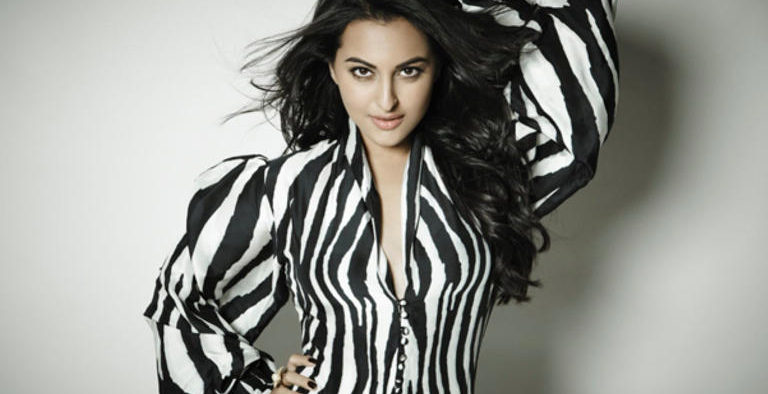India’s big fat wedding norms replaced by the rise of no-frills marriages

Sonakshi Sinha tied the knot with Zaheer Iqbal in a simple civil ceremony
An Indian couple is trying to replace the lavish wedding trend with a no-frills wedding under the Special Marriage Act. In India, where weddings are often presented as multi-day affairs, Bollywood actress Sonakshi Sinha went against tradition last month by disavowing the lavish, elaborate wedding to tie the knot with her long-time boyfriend Zaheer Iqbal in a simple civil ceremony.
India’s Special Marriage Act
They were wed under India’s Special Marriage Act, which allows couples that belong to different faiths and castes to marry without needing to follow traditional rituals. Sinh’s Hindu actor marriage to the Muslim Iqbal was made possible through this act, Following their modest courthouse vows, the newlyweds hosted an intimate reception in Mumbai only attended by family and Bollywood A-listers.
The Hindu Marriage Act, the Muslim Marriage Act, and the Christian Marriage Act, three additional significant marriage laws in India, all mandate that couples follow their respective religions’ practices in order to be legally married, even if they obtain an official marriage certificate. This was brought to light in April when the Supreme Court decided that a Hindu couple’s divorce was void because they had eschewed the customary ceremonies and were never legally wed.
The Special Marriage Act simplifies the procedure by solemnizing a union with just three witnesses and a sub-registrar present. However, there are a number of formalities that need to be completed, such as a public notification phase to accommodate any possible objections.
Rajesh Rai, a family law specialist, highlights the useful advantages of the Special Marriage Act, which enables couples to get married easily and affordably. The New Delhi-based attorney claimed that “court marriages effectively prevent social ills like child marriages and dowries while ensuring legal security and authenticity.”
Rai stated that the most important thing about these civil ceremonies is that they allow couples from different backgrounds to be married by bridging the traditional divisions of caste and religion. “Consequently, court marriages are increasingly becoming the preferred choice for many Indians.”
Satshya Anna Tharien
This information was verified by Satshya Anna Tharien, a 30-year-old content developer and former journalist who recently moved to Delhi from Singapore. She and her spouse, Punjabi Hindu Akash Narang, officially formalized their interfaith marriage in 2022 through a simple legal ceremony.
Tharen, a Malayali Christian, explained, “I had to have a court marriage because of Indian laws on inter-religious marriages.” “But it wasn’t too alien for our families, as my husband’s parents had also had a court marriage when they got married.”
The couple chose not to partake in the extravagant celebrations that frequently characterize Indian weddings, instead exchanging garlands and enjoying a modest family lunch following the court ceremonies. In fact, Tharien posted videos of the procedure on her YouTube page.
Though Tharien was grateful for the ease of her civil ceremony, she did have one objection: names and addresses that were required to be publicly placed as “private details” “in the office for everyone to see”.
According to Tharien, court marriages have always been stigmatized in India because people often believe they were secretly or hurriedly arranged because of concerns from the parents. However, “more young Indians are increasingly opting for it and looking to instead use the money [saved] to set up their houses and for family savings,” she stated to This Week in Asia.
Vandana Shah, a writer and lawyer living in Mumbai, is relieved by this change in attitudes because she has noticed that there is still uncertainty in the legal profession surrounding recent court rulings concerning Indian marriages.
It will take a long time for it to become commonplace because, particularly in India, marriages are still viewed as indicators of one’s value.
Anna Tharien, Satshya, on “court marriages”
Practical concerns, such as opening bank accounts and obtaining job postings abroad, are another factor contributing to the surge in judicial marriages, according to Shah.
Shah has noticed a noticeable increase in judicial marriages over the past ten years, even if complete data on the issue is still hard to come by.
“About 10 years ago, when people came to me for a divorce, hardly one in 100 would have registered their marriage,” she stated. “Compared to now, where almost 90 per cent of those who come to me have registered their marriages.”
Anand Holla
Anand Holla, 39, is a writer and filmmaker who is involved in this social change. Even though he and his wife, 40-year-old creative producer Ruchi Sharma, are both Hindu Brahmins, their wedding was a tiny, private ceremony with only 20 family and friends attending.
According to content creator Tharien, “I think a court marriage is still an outlier in our big fat Indian wedding-obsessed society.”
People are starting to embrace it more in recent years, but it will take a long time for it to catch on because weddings are still viewed as a reflection of one’s value, particularly in India.”
As evidence of how powerful the tug of tradition can be, Holla’s own cousin decided to have a “full-blown wedding” earlier this year, even though she had originally wanted a more simplified civil ceremony.

I am a dedicated student currently in my seventh semester, pursuing a degree in International Relations. Alongside my academic pursuits, I am actively engaged in the professional field as a content writer at the Rangeinn website.








